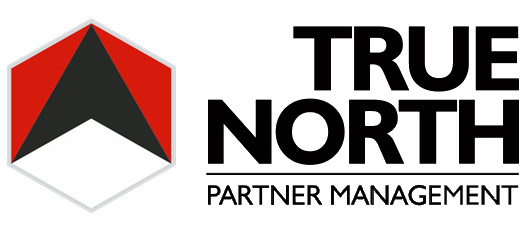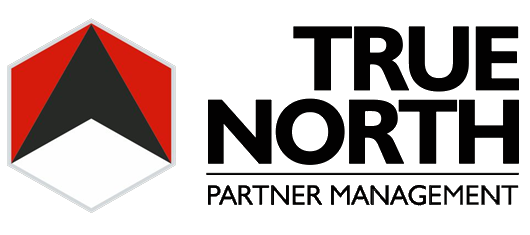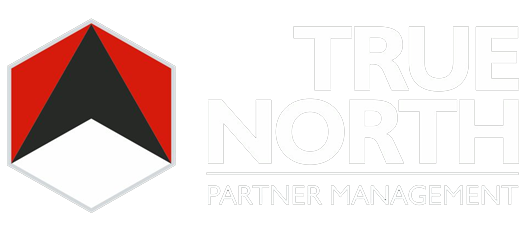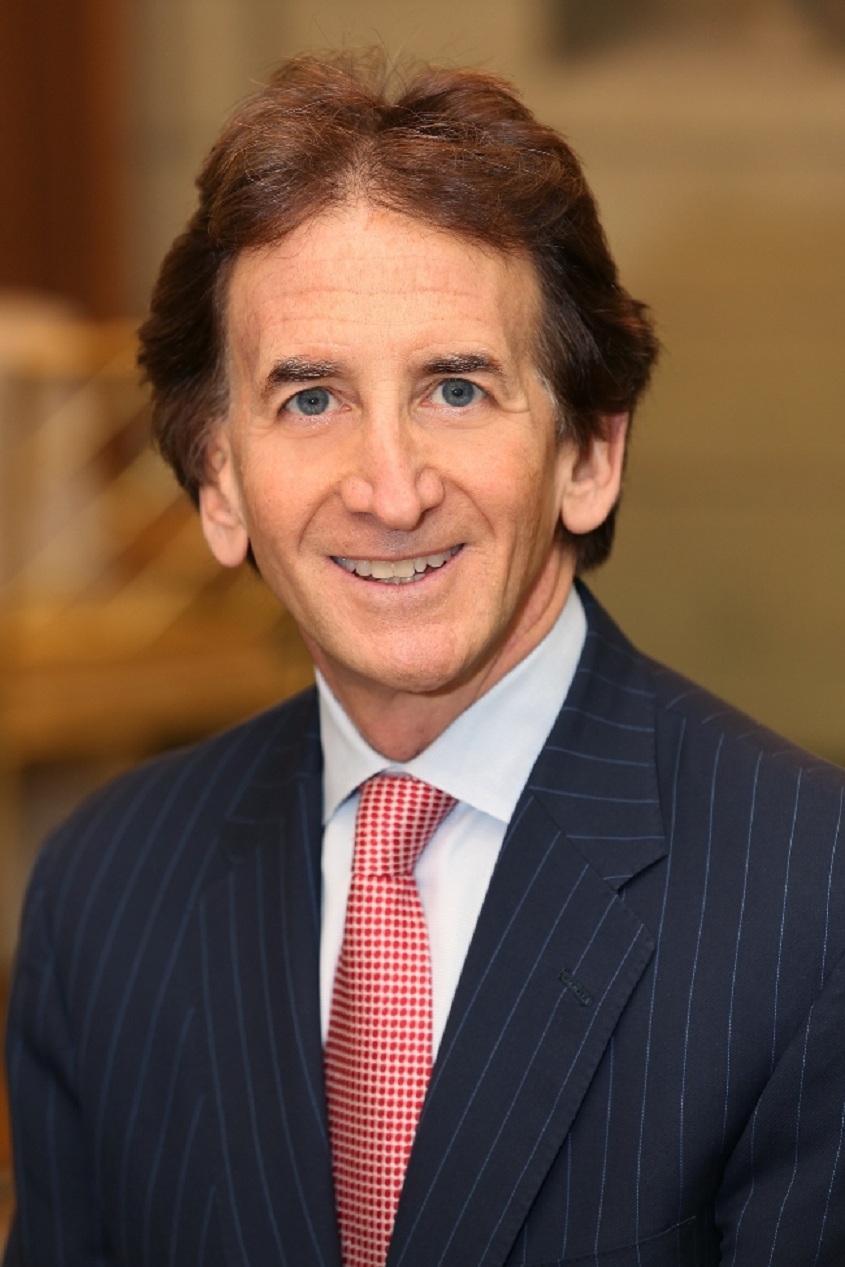The following post originally appeared on Forbes | December 15, 2014
“The minute you get away from fundamentals—whether it’s proper technique, work ethic or mental preparation—the bottom can fall out of your game…” Michael Jordan
Michael Jordan might be the best basketball player to have ever stepped onto the court. And while incredible players come and go each year in the NBA—some arguably more talented than Jordan—no others to date have built such an enduring institution. Why? Though theories crowd the ether, there is no doubt that one of his weapons was good old fashioned basics.
When you really think about it, if there was a player who didn’t need to work quite as hard as the rest, Jordan was it. But that wasn’t the case. He put in long hours; he worked hard; he never stayed down; and above all else, he devoted himself to mastering the fundamentals of the game. Though talent can win games and teamwork and intelligence can win championships, fundamentals are the tools that build enduring institutions.
Celebrating their 130th anniversary in 2015, O’Melveny & Myers has endured for generations. With a history that is deeply rooted in the political arena, and a devotion to their founder’s vision and the fundamentals that spring from it, they are one of the oldest and most respected firms in the country, if not the world. Today I speak with their Chairman, Bradley J. Butwin, to better understand some of the fundamentals that have helped the firm thrive over the last 130 years. See our exchange below:
On Their Founders’ Vision
Parnell: Can you talk to me about O’Melveny’s founders’ vision for the firm? When they first started out in 1885, what was the vision they had for the firm? Is that same vision alive today? Is it still relevant in today’s market?
Butwin: Sure, David. It’s very much alive and relevant today. Our founders, and the generations of distinguished lawyers who followed in their footsteps, have all been anchored by the same values: First, a dedication to excellence; second, the courage to lead and innovate; and third, a deep, deep sense of civic responsibility. Their vision is every bit as important today as it was 130 years ago. It informs our culture and reminds us that we have a higher calling that goes well beyond the business of law—that we’re part of a noble profession.
So what does that mean and how does it tie into what we do on a daily basis? Our firm founders always had an obsessive focus on client service. But it also was very important to them that we give back to our communities. That’s our responsibility. This higher calling is very much in our DNA and a constant at O’Melveny. Understanding who we are and our responsibilities to our communities is the compass that helps us navigate through changing times.
On Weighing The Professional And Business Aspects Of Practicing Law
Parnell: Most-if-not-all of the very prestigious and vintage firms have a strong “professional ethos” in their value systems. That being said, it can sometimes conflict with the businesses aspects of law, today; thirty, forty, fifty years ago it was just a significantly different market. What are your thoughts on this?
Butwin: I don’t think there’s an inconsistency between the two. The market has changed, and I actually think that the changes have been healthy because, like with other industries, they create opportunities—great ones—for the firms that are responsive to their clients’ current needs. If, as our firm founders taught, and as successors like Warren Christopher and A.B. Culvahouse reinforced, we’re listening to what our clients want and we’re in this for the long term—which we are—then we’ll be true to our values and still adapt to changing conditions.
Since the [Global Financial Crisis] there have been significant changes in clients’ needs and expectations. Legal departments are under pressure to reduce costs. Clients want more value. They want fee arrangements that truly align law firm and client interests, and they want fair billing arrangements that emphasize greater efficiency.
I speak to other law firm [chairpersons] from time to time, and I’ve learned that some law firms see what has occurred over the past few years as just a temporary blip. And I think there are firms that would candidly say they only want the “bet your company” or “boardroom” work. They don’t want price sensitive work. As a corollary to this, they don’t want their brand associated with ongoing and routine client needs. They only want to be known as the “go-to” firm for companies’ largest matters. That’s how a lot of BigLaw was for many years. So, if you are a firm that subscribes to this view, you’re probably not going to reengineer the way you deliver your services.
We have a different perspective. We view this environment as a fundamental, healthy, and welcome reset. We want to form deeper relationships with clients across many practice areas. Even before the [Global Financial Crisis], we were really listening to what certain clients wanted, and we began working with them to construct fee approaches that met their needs. We understood that the old system was inefficient in some ways and often failed to align law firm and client interests.
On Creating Internal Efficiency
Parnell: Can you give me some examples of how O’Melveny is actually responding to these changes? How does your firm, on the whole, execute to be more efficient and to meet evolving client needs?
Butwin: Our success depends on helping clients achieve great legal outcomes, and ultimately, all of their goals. So we start by asking our clients, “What do you want to achieve?” And we try to help them with a range of needs that go beyond great legal work. For example, we can help them not only by designing creative and flexible fee arrangements, but also by introducing clients to potential sources of funding, connecting them to valuable talent, and identifying new business opportunities for them.
You can talk about efficiency and value, but in order to really be efficient and add value you’ve got to change your internal processes. I’ll just give you a few examples of what we’ve done internally that I think show our commitment to efficiency and value.
Many years ago we redesigned our computer systems to help us track, on a real-time basis, how we are doing relative to budget and to help us find valuable information in just a few clicks. So you walk in each morning to an intranet page on your computer that will show you every single matter that you’re working on and all documents, upcoming court dates, and other information relevant to that matter. You can also go to a client page that lists all matters for that particular client and all lawyers handling matters for that client across the firm. You can do a Google-type search to find any communication with a particular in-house attorney and helpful precedents and court rules. Our systems also provide real-time financial data showing how our actual work compares with our assumptions in fee proposals. This enables us to discuss any modifications or assumptions with the client in real-time instead of waiting 30 days until a pre-bill comes in and then possibly surprising them.
In addition to our systems, we have become more efficient in our writing by hiring a Pulitzer Prize-winning journalist to help edit briefs. Lawyers may know something about stare decisis, but journalists know a lot more about declarative sentences, active voice, and transitions. While our journalist does not write the first draft of the brief, he helps eliminate the many layers of revising that often follow. That way we’re not sending bills to clients that say, “edit brief, edit brief, edit brief,” as the document goes up the chain.
We’re also more efficient in handling discovery. Document discovery is a huge part of litigation cost. That’s why we have entered into collaboration with an ediscovery group that is made up of linguists. Their theory is that a lot of the cost of discovery comes from searching through too-broad-a universe. This group works with us to design algorithms that help make the search manageable.
On Firms Playing To Their Strengths
Parnell: I did a piece with Latham & Watkins Chairman, Bob Dell, where I posed him the question, “If I dropped you into one of the firms in the middle of the Am Law 200, what is the first one or two mandates that you would impose?” His response was along the lines of finding out exactly what the firm is good at—the top one or two areas—and then focusing all of his firm’s resources on that. I don’t know that all firms are doing that. Can you give me your thoughts?
Butwin: I think that’s right. It’s pretty easy to describe the strengths for which most firms are known. But I think you get into trouble when you don’t speak with your clients enough about what they think, and when your view of your firm is inconsistent with your clients’ views.
There are a number of firms today that are well managed and do focus on what they’re really good at. But during the years right before the [Global Financial Crisis], I think some firms became overly focused on their top-line regardless of what their clients wanted. You can always grow top line; that is the easiest thing to do if you value growth for growth’s sake, above other things. For example, you can open offices, you can execute a series of mergers, and you can acquire a lot of laterals. If we weren’t concerned with cultural fit and client focus, it would be very easy to increase our gross revenues. I believe the better approach—and what some firms have done successfully—is to invest in long-term relationships, which is more important than any short-term financial figure. The firms that stay true to their strengths will, in my view, have staying power.
On Practicing While Managing A Firm
Parnell: You’re the chairman of O’Melveny and you’re still practicing. I’m not sure how much time you’re dedicating to one particular side of the fence, but could you just talk to me about that a little bit? What systems, or people, are allowing you to play both roles? Obviously there are time constraints on you. How are you doing this?
Butwin: I think it’s important for law firm chair [persons] to be actively engaged in the practice of law and to have a really good pulse on what’s going on. What better way to get that pulse than actually doing it rather than watching it?
As you said, there are only so many hours in the day. My job is to be as externally-focused as possible. I see as many clients as I can, continue to work on client matters, and am engaged with clients, because, after all, that’s what we’re about: serving clients. But I couldn’t do that if I didn’t have a great leadership team and a remarkable staff throughout the firm.
So, we have a management team and some of them are focused on internal operations, finances, etc. We have a head of litigation, a head of corporate, vice chair [persons], and a COO. Then we have office heads and practice group leaders who run the individual practices. Our policy committee provides oversight. And we have our staff of professionals in IT, pricing, talent management, finance, operations, client development, and communications, among other things. Their dedication and ingenuity are a huge help.
My job is also easier because we’re an open and collaborative firm. We benefit from the ideas and initiatives spearheaded by our partners—their voices matter. So I have plenty of help throughout the firm. All of our leaders, with maybe one exception, have full-time practices. It works because we have an appropriate division of labor and the right people doing things that play to their strengths.
On O’Melveny’s Strategy
Parnell: Can we talk about your strategy for a moment? What are you guys looking to do as the market evolves? With your footprint? With your practice portfolio?
Butwin: Our goal is to be in the practices and locations where our clients need us, as opposed to a “build it and they will come” strategy. So, whatever we do, whether it’s opening offices, bringing in laterals, or going into a new practice, we’ll only do it if our clients are telling us that that’s what they want. We don’t devise strategies divorced from our clients.
Another goal is to have deeper partnerships with firm-wide clients that satisfy four criteria: First, that they be large consumers of legal services; second, that they consume those services across multiple practice areas and geographies; third, that after a candid assessment, we conclude that our strengths match up with their needs—if they don’t, then it’s not prudent for us to continue; and fourth, that we believe we can execute on a strategy of serving them in many areas and geographies. In addition to these firm-wide clients, we have plenty of clients that we enjoy working for in a particular discipline or region.
On Diversity Within The Firm
Parnell: Bounded rationality dictates that decisions are made from a perceptually-limited position—there is only so much information a single person can work with. Further, when you have a highly cohesive culture, available information can become limited and overly-homogeneous An antidote to this is diversity. Can you talk to me, generally, about diversity in the modern law firm?
Butwin: Diversity is critical. I mentioned earlier that firms that can innovate and figure out ways to deliver more value will “up” their game. I think the other area of opportunity for law firms is in diversity. Five years from now when you look at the firms that have made the biggest jumps, you will see firms that excel in client service, efficiency, value, and diversity.
Our ability to attract and retain diverse talent goes hand in hand with our long-range goals for success. If you read our strategic plan, you will see diversity is mentioned prominently throughout. To build and sustain enduring client relationships, we need diverse teams whose backgrounds and experiences reflect those of our clients. That’s because communication styles, preferences, and approaches vary greatly within the organizations we serve—our clients.
Most of our clients are diverse. Juries are diverse. Judges are too. So we have to be. It’s not only the right thing to do, it’s a business imperative. And the firms that get this right will have a significant edge over the competition.
On Numbers And Finances
Parnell: Law firm finances—what are the numbers, at a higher level, that O’Melveny pays attention to in order to ensure performance and that things are moving along? And how are you ensuring the financial hygiene within the firm? Ensuring that partners are moving along with the program?
Butwin: We’re financially strong. We take a long-term view and we stay focused on the fundamentals. As I mentioned, our strategy includes deepening long-term client partnerships. Our willingness to put skin in the game with clients may result in a certain spikiness in year-over-year financial numbers. But that’s fine because our goal is not short-term profits, but rather investing in long-term relationships.
With regard to financial hygiene, we have no debt. We have a very strong capital structure relative to our peers, a healthy retirement plan, and great institutional clients. And if you have all those things, plus a wonderful culture, your fundamentals are strong.
Financial results can ebb and flow. And since we do have more litigators than many of our peers, one or two matters—like large trials—at a given point in time can have a major impact on a 12-month period. Similarly, if we’ve invested in client relationships with alternative fee arrangements, that may result in skewing results in favor of one year over the other.
Parnell: Do you treat offices or practice areas as profit centers? Or do you have a single pool?
Butwin: We do not at all. That would be inconsistent with our “One O’Melveny” philosophy. In fact, in our partner compensation questionnaire, our first question is, “What have you done to help others generate work?” And the second question is, “What have others done to help you generate work?” You will not see a question about a particular practice’s or office’s profitability and we don’t analyze our numbers that way. We reject silo approaches that treat offices or practice areas as stand-alone profit centers.
On Skillsets
Parnell: Can you describe for me the partner that’s best suited for the shifting market? Looking out five years, who are the lawyers that are going to be left standing?
Butwin: I think it goes back to what we discussed earlier about being client-centric. Our partners have to deliver great legal results. That means being successful litigators, deal makers, and counselors—that’s a given. But it’s a lot more than that:
Successful partners invest time in client relationships and get to know their clients’ goals, businesses, and their cultures to a point where they can become business advisors and sounding boards for their clients. We need to know their businesses as well as they do.
Successful partners understand that when clients call, it’s usually because there’s a problem that needs an urgent response. That means being available 24/7, 365.
Successful partners treat their clients’ money as if it were their own by delivering excellent results while using the most efficient means possible.
Successful partners can mobilize strong, diverse teams that are able to come up with innovative and efficient ways to solve clients’ problems.
Successful partners figure out how to make clients’ lives easier and how to make them look better.
And successful partners are able to become trusted advisors to their clients and help them with whatever they want to achieve.
Email: [email protected] Twitter: @davidjparnell
Books: The Failing Law Firm: Symptoms And Remedies; In-House: A Lawyer’s Guide To Getting A Corporate Legal Position



